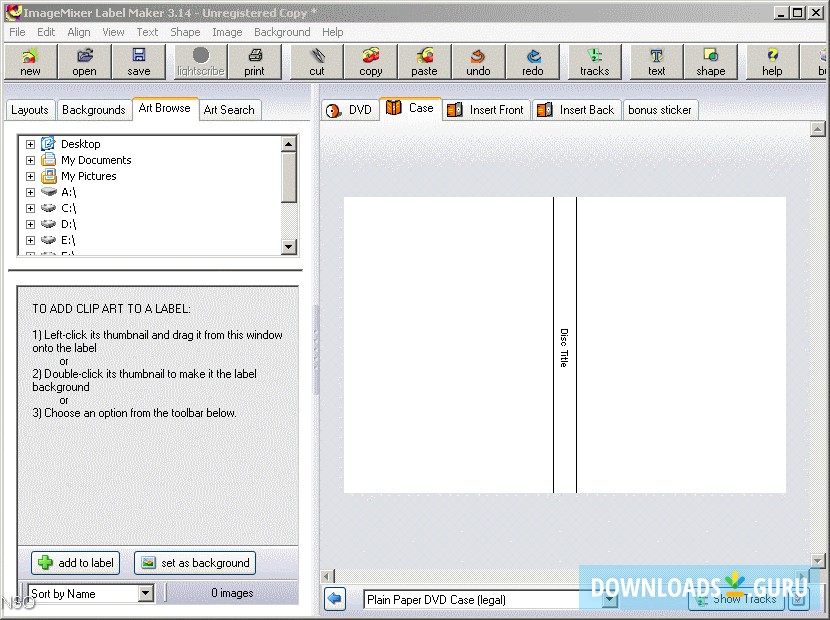

Did you look at the AVS free download? They will let you download their total program just to try it out, they do put a copyright into any finished media just to mark it as trial, which is removed if you purchase it.
#Image mixer 3 init file movie
I have not tried out Movie Maker, but many reviews I have read say it is pretty weak.
#Image mixer 3 init file how to
Kindly let me know how to go about this or not I think Panasonic should consider changing its software for DVD editing / authoring purposes since the IM3 has been causing so much problems to users and not stable. This time it worked and I managed to create a DVD but with small number of clips.ĭoes it it mean that the IM3 software can't convert to MPEG format when there's larger number of clips used for editing (though the software did mention that a maximum of 99 clips is allowed) ? Or does it mean that I have to wait longer during the 'converting to MPEG' files if larger number of clips are used until all the clips have been converted to MPEG format ? I then copied a smaller number of video clips (of about 10-15 clips) to another album file and tried doing the same thing. After doing the necessary editing using IM3, I then decided to go into DVD authoring but the software seems to 'hang' for sometime without any movement when it is saving to MPEG format. There are 80 video clips altogether and the duration is about 80 minutes in total. The wonderful image of the Micron MT4C1024 DRAM used in the social media card for this post comes from Zeptobars and is licensed under a Creative Commons licence.I recently returned from a holiday & decided to put all precious video clips taken from my Panasonic H20 camcorder into a DVD.

Once you’ve added the files to your project, they will show up in the Sources view under Design or Simulation Sources. Please ensure that this file is available in the current working directory. WARNING: File rom_m referenced on acme.v at line 42 cannot be opened for reading. If you reference a file but don’t add it to the project, you’ll get an error of the form: Vivado will automatically identify them as memory files and place them in the current working directory during simulation etc. You do this as you would for a design or simulation source using “Add Sources” then selecting “Files of type: Memory Initialization Files”. mem extension then add them to your project. The easy way to get memory files working with Vivado is to give them the. You can see examples of this in the iCEBreaker designs for Hardware Sprites. Yosys automatically picks up $readmemh and $readmemb files, but you need to include the path if the memory file isn’t in the same directory as the Verilog module. As demonstrated by this example, the memory array can have more entries than the data file. The following shows a very simple simulation module using $readmemh:

If you like what I do, consider sponsoring me on GitHub. Get in touch: GitHub Issues, 1BitSquared Discord, (Mastodon), (Twitter) If you want to learn more about FPGA memory itself, see FPGA Memory Types. This how to explains the syntax and provides plenty of examples, including how to do this in Yosys and Xilinx Vivado. Unfortunately, there is a dearth of good Verilog documentation online, so using them can be harder than it should be. Fortunately, Verilog provides the $readmemh and $readmemb functions for this very purpose. It’s common for a simulation or firmware to need data loading into a memory array, ram, or rom.


 0 kommentar(er)
0 kommentar(er)
